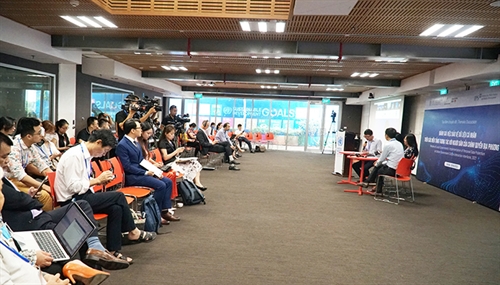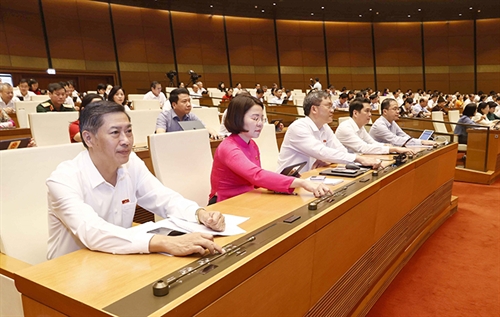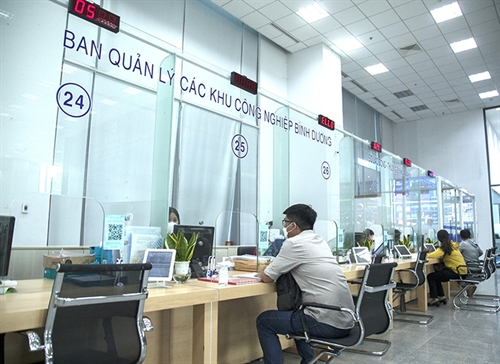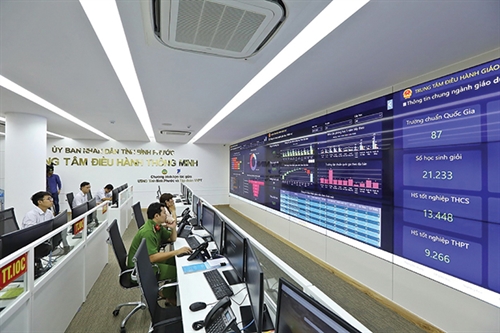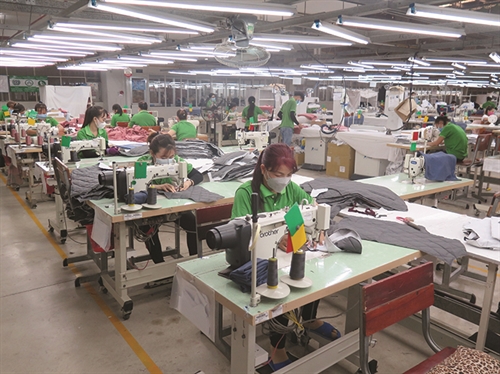Sustainable development of marine economy is an aspiration, a dream and goal of Vietnam’s socio-economic development policies which suits the world’s trend of development of blue marine economy. The Vietnam Marine Strategy for the 2007-20 period and the Strategy for sustainable development of marine economy for the 1993-2022 period implemented over the past 30 years have contributed to realizing such goal.
Assoc. Prof., Dr. Nguyen Hong Thao
Strategic vision
Vietnam has been acutely aware of the importance of the seas to the economy, security and national defense and social development through its specific policy instruments enacted since the 1990s.
Resolution 03-NQ/TW, adopted in 1993 by the Party Central Committee’s Political Bureau, set the goal of turning Vietnam into a strong marine economy. Then, Resolution 09-NQ/TW on the Vietnam Marine Strategy through 2020 (the Marine Strategy) was adopted in 2007, placing a focus on making Vietnam a “strong marine economy” through “bringing into play all potentials from the seas”. It is aimed that by 2020, contributions from the marine and coastal economy to the country’s GDP would reach 53-55 percent and per-capita GDP in marine and coastal communities would double the country’s average growth level. Later, Resolution 36-NQ/TW of 2018 on the Strategy for sustainable development of marine economy through 2030, with a vision toward 2045 (the Strategy for sustainable development of marine economy), reasserts the goal of turning Vietnam into a country that is strong and rich from the seas on the basis of sustainable development, prosperity, safety and security, laying an emphasis on sustainable development of marine economy based on green growth. Indicators related to sea and ocean governance and coastal zone management are required to meet international standards so as to lift Vietnam at least into the group of upper-middle income countries in the world. Contributions of its 28 coastal provinces and cities are set to account for 65-70 percent of the GDP while per-capita income in these localities will be 1.2 times or higher the national average income.
Specifically, the Marine Strategy underlines the significance of the modernization of marine economy and environmental protection while giving priority to petroleum and ocean shipping development. Meanwhile, it places a focus on marine tourism, paying greater attention to marine environmental protection and economic development.
Moreover, Vietnam has fully acceded to a raft of environmental and sea treaties and proactively built up a legal system on sea management. It has also promoted negotiations for settlement of sea disputes and signed three agreements on delimitation of and two others on joint exploitation in maritime zones, thus facilitating the establishment of maritime zones under the United Nations Convention on the Law of the Sea (UNCLOS) for the implementation of its Marine Strategy. The state apparatus in charge of marine economy management has been reorganized, with priority given to the ministries engaged in sea-related activities according to an integrated approach.
Certain policies have been proposed and implemented, such as the policy on support for and development of offshore fishing, and the 2010 Strategies for fisheries, tourism, and transport development. At the same time, importance has been attached to public communication for raising the awareness and creating consensus among ministries, sectors, localities, businesses and the people.
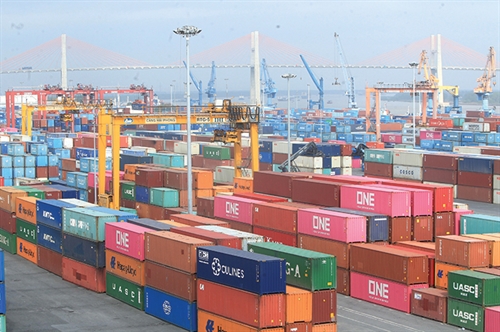 |
| Hai Phong Port in Hai Phong city__Photo: An Dang/VNA |
Vietnam’s efforts and initial achievements
Over the past time, Vietnam has allocated significant finance, science and technology and human resources for marine industries like oil and gas, construction of seaports and fishing ports, and shipbuilding. It has formed the Coast Guard forces since 1998 and the Fisheries Resources Surveillance forces since 2014. The regimes of reporting and environmental impact assessment have been put in place under the Law on Environmental Protection.
The country has succeeded in applying the integrated management approach to its maritime zones and actively participated in programs of the Partnerships in Environmental Management for the Seas of East Asia (PEMSEA), the United Nations Environment Program (UNEP), the International Union for Conservation of Nature (IUCN), and other regional organizations. So far, 14 out of the 28 coastal provinces and cities have developed their strategies for integrated coastal zone management.
For marine economic sectors, relevant master plans and plans have been formulated as suitable to the characteristics of each locality toward sustainable development and protection of marine resources and environment.
The implementation of the Marine Strategy and the Strategy for sustainable development of marine economy over the past 30 years has produced initial outcomes with certain economic achievements, having set new orientations for economic development based on potentials and advantages of the seas.
In the 2011-20 period, marine economic sectors have made great contributions to the country’s GDP. In this period, the average annual growth rate of coastal localities rose to 6.4 percent.
In 2020 alone, GRDP (calculated at current price) of the 28 coastal provinces and cities surpassed VND 4,040 trillion, making up more than half of the country’s GDP. Meanwhile, per-capita GDP of these provinces reached VND 84.4 million compared to the country’s average level of VND 82.7 million. Some of these localities took the lead nationwide like Ba Ria-Vung Tau ranked first with VND 263 million, Quang Ninh ranked second with VND 164 million, Ho Chi Minh City ranked fourth with VND 148 million, and Hai Phong city ranked sixth with VND 134.6 million.
Up to now, the country has 19 coastal economic zones and 241 coastal industrial parks and some modern ports like Cai Mep-Thi Vai in Ba Ria-Vung Tau province and Lach Huyen in Hai Phong city that are capable of accommodating large-tonnage ships.
The infrastructure systems in coastal areas and on islands have received due investment, thus having created fundamental changes in economic development and serving as a solid ground for advancing to the seas and, at the same time, can become defensive zones for protecting sovereignty, sovereign rights and national jurisdiction in the maritime zones and on the islands of the country.
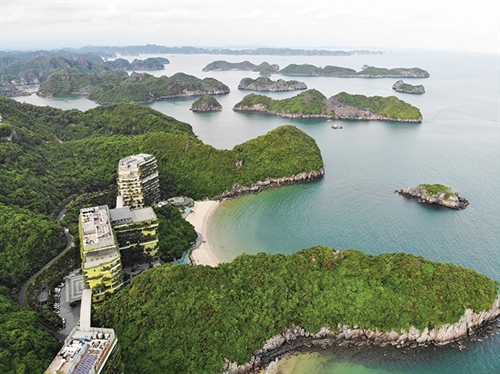 |
| Cat Ba island district with diversified tourist products attractive to visitors__Photo: Hoang Hieu/VNA |
Solutions to accelerate the development of blue marine economy
Despite of having built a strategic vision and adopted the Resolution on the Strategy for sustainable development of marine economy, Vietnam still confronts numerous challenges during their implementation. The limitations include the absense of a master plan on national marine space; and the lack of implementing regulations, a national database on the seas, and specific guidance for some contents of orientations, e.g., the definition of “blue marine economy”, “blue economy” or “purely marine economy”. Moreover, no full-time multidisciplinary administration agency has really been formed so far. Marine resources have been overexploited and ecosystems are in danger of degradation. Activities in response to climate change and sea level rise and combat against illegal fishing still see shortcomings.
The South China Sea (known as East Sea in Vietnam) dispute has affected the delimitation of boundaries and planning of the whole marine space. Weaknesses are seen in marine scientific research while resources for implementation are lacking and allocated in a thinned-out manner. Therefore, to ensure successful implementation of blue marine economy, Vietnam should take into account the following solutions:
Firstly, the country needs to promote negotiations for settlement of disputes in maritime zones so as to facilitate the delimitation of marine boundaries and serve the planning of marine space and sustainable economic development.
Secondly, it is necessary to complete institutions for sustainable development of marine economy, giving priority to improvement of the legal framework on, innovation and development of, the model of green growth, environmental protection, and improvement of productivity, quality and international competitiveness of marine economic sectors, maritime zones and coastal zones. It is also required to improve the mechanism for integrated and unified sea management, in addition to scrutinizing, modifying or formulating sea-related master plans, ensuring connectivity and synchronicity among sectors and localities (applying the integrated interdisciplinary approach).
Thirdly, Vietnam should proceed with science and technology development and training of high-quality human resources for marine economic sectors in tandem with promoting innovation, making use of scientific and technological advances as well as new sciences and technologies, and attracting leading experts and scientists and high-quality human resources.
Fourthly, it is a must to develop multi-purpose and synchronous infrastructure facilities with transport networks connecting major economic centers, industrial parks and urban centers around the country and maritime zones with seaports based on economic and natural ecosystems, ensuring the North-South and East-West strategic connectivity among different regions in the country and between Vietnam and other countries in the world.
Last but not least, the country should attach importance to attracting international investment, technology and finance to serve the development of blue marine economy and, at the same time, accede to treaties on protection of marine resources and environment. As a first step in this path, Vietnam and Norway are expected to co-finance the initiative to formulate an international agreement on marine plastic litter.-
